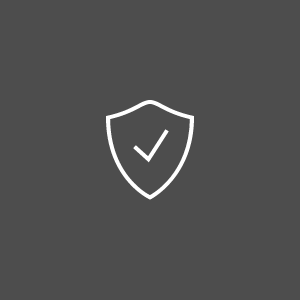How to configure my browser for higher security?
A browser is the main porthole for viewing the web and, more than that, a live tool that allows you to interact with it. While surfing the web, many times searching for content has priority compared to safety (which is a bad idea). However, in order to compensate this flaw, there are some things you can do to configure browser higher security and make your browser take care of this aspect for you:
Keep your browser up to date. The browser running on your operating system is a third party application that needs to always stay up to date. Developers regularly release security updates and patches to keep up with the current threats and facilitate a safe navigation.
Keep all the other third party applications up to date, for the same reasons mentioned above.
Use anti-virus and anti-spyware software and set it to automatically update.
Use a firewall and keep it permanently turned on.
Use auto-fill with caution. This accessibility option that browsers offer is not very secure. If you do not use a more traditional offline system of securely storing your passwords, install and use a trusted password manager such as LastPass or Keepass.
Use encrypted search as default browser page.
Use a safe browsing tool/add-on or a selective script blocker such as NoScript (for Mozilla Firefox). Read the reviews and overview add-on scores on the download page and choose accordingly.
Tweak you browser’s security and privacy settings to meet your needs. These settings are important for your computer security, which is ultimately important for your safety and privacy, so choose bearing that in mind. Most browsers provide explanatory information (advantages and disadvantages) about the various security levels available. If in doubt, set security levels to “high”. Instructions and information on how to change security settings are also generally available on the browsers’ official websites.
Testing browser security. If you’re still not sure about the level of security of your browser, or want to check how it performs, there are at least several browser security tests available online: http://browserspy.dk/, https://browsercheck.qualys.com/ and others.
Follow these recommendations to configure your browser for higher security.









